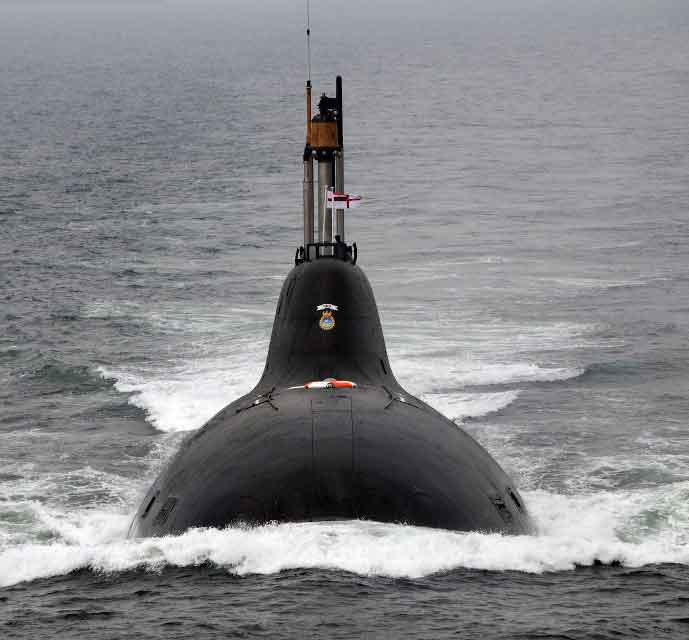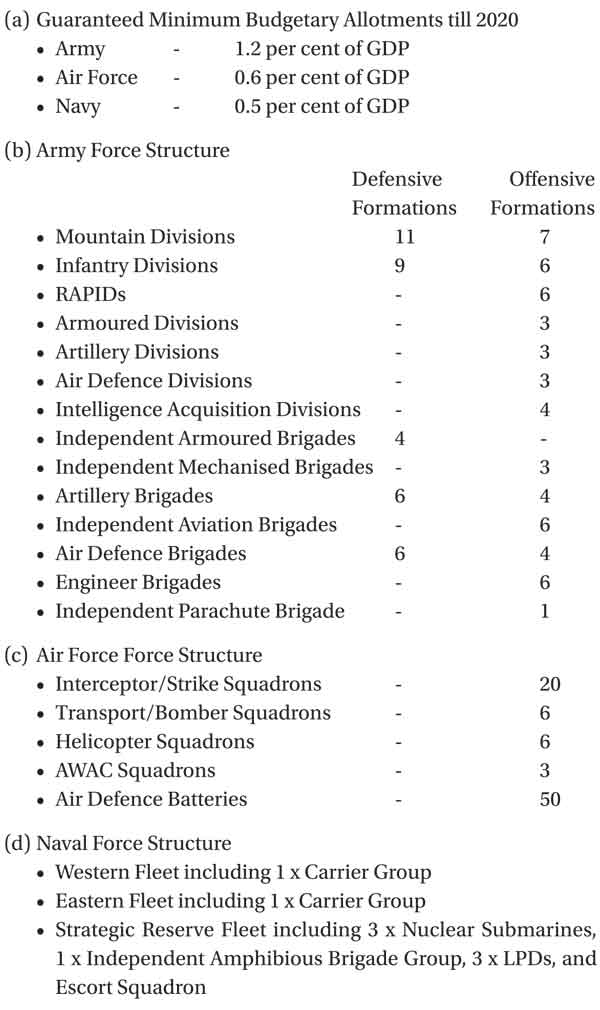Preparing India for a Protracted War
World War I began as a short war which was expected to conclude before the Christmas of 1914 as per the unanimous calculations of the Germans, French and British. All three powers ran out of their artillery ammunition stocks after three months, and it took them four more months to set up emergency ammunition production facilities to meet their wartime requirements.
In his pioneering work, ‘La Guerre Future’ published in 1899, the Polish military writer Ivan Bloch had exactly predicted such an outcome of protracted stalemate when equally matched armies fight with modern weapons. He predicted that this would in turn lead to collapsed economies and social revolutions which actually happened at the end of World War I. Subsequent wars like the Korean War which was supposed to last till end-1950 dragged on for three more years, and the Iraq-Iran conflict raged for nine years.
Presently, the planned ammunition stocking policy for a 40-day period is grossly inadequate…
During World War I, the Russians had the weakest armies that suffered terrible defeat in battles at Tannenburg (August 1914) which was inflicted by Gen von Francois who ignoring orders to stand fast acted offensively seeing the opportunity presented; Gorlice-Tarnow (April 1915) inflicted by Gen August von Mackensen; and Vilna (August 1915) by Gen Erich Ludendorff. But when these very same Russians produced an outstanding and meticulous commander in Gen Alexei Brusilov, they broke through the Galician Front in June 1916 routing the Austrians.
In 1962, the Indian Army voted with their feet in NEFA mainly due to poor leadership at the Divisional and higher levels; we paid the price for not adopting flexible defensive tactics as applicable to mountainous terrain; for not understanding the logistics difficulties of the attacker in mountains; and for sheer cowardice at the political level in not employing the Air Force in support of the beleaguered Army’s operations. Poor clothing and arms and ammunition shortages were only of secondary significance compared to the neglect of the soldiers’ morale and sustaining their will to fight. This required additional troops in depth at short notice and good logistics connectivity in own territory, both of which were lacking. Even today we do not have a forward lateral road connecting Tashigang – Tawang – Pointong – Nyapin – Mara – Yingkiong – Asonli – Amini – Hayutiang – Walong. Similarly, construction of the depth lateral road connecting Bomdila – Seppa – Ziro – Daporijo – Along – Roing – Tezu – Tawal, is still incomplete at most places.
So neither can we fight a successful defensive battle based on the principles of exterior lines nor on interior lines, as switching of reserves is not feasible, and forces superiority has to exist ab initio all over this frontier. It is said that national boundaries which are disputed get settled and accepted in sixty years time. If this be true, then India still has about a decade to wake up from its slumber and strengthen its claim limits on its Arunachal frontiers.
At the time of Independence, majority of the people of Punjab, NWFP, Sindh, and Bengal provinces chose their own destiny with the tacit support of the waning but politically astute British, who did not want to see another power centre emerge in the world. Religious enmity perpetuated by massacres and ethnic cleansing type hate activities are bound to recede after three generations, giving way to the primacy of economic and cultural relations and lingual affinities. These natural factors should be given maximum encouragement by our policy planners, but at the same time there should not be any ‘partial settlements’ of the boundary question and disputes like Siachen.
Wars of the future are not going to be decided on the outcome of a single campaign…
‘Step by Step’ method in diplomacy is a hoax, whereby whatever is favourable to the other party can be extracted from India, but no underlying permanent hostility factors like encouragement of terrorism and fundamentalism from across the borders or agreed full demarcation of the boundaries get addressed. However ‘trade’ and ‘economic’ relations should always be given a boost without any ideological fetters, as one can see how the face and shape of the Communist Party of China has changed due to the deliberate policy of economic engagement practiced by the US!
India is a continental country which has faced invasions and wars in every half century of its existence. It also has a vast coastline and far-flung island possessions, which necessitates a strong navy. Unlike Britain, Australia or the US, we cannot rely on a gradual buildup of our land power. Luckily for us, as an accidental by product of our colonial engagement, we are bequeathed with democratic and secular rule, a strong judiciary and a unified country, which are indeed great blessings for our poverty-drenched masses, who for the first time in history, are emerging into prosperity and life with self-respect. Being a democracy, our country can pursue only a strong defensive policy with the capacity for launching limited counter-offensive punches – only this can get nationwide approval as we do not aspire for either territorial expansion or forcible integration of other distinct populations.
To fight a protracted war, our country should be able to sustain intense fighting for at least four months. Presently, the planned ammunition stocking policy for a 40-day period (actual holdings are far less) is grossly inadequate. Indigenous production capability for military hardware has to be tripled from the existing levels. Managerial inefficiencies should be ruthlessly punished, by setting up a proper monitoring mechanism so that we do not lose the next war that may be thrust on us, or see our soldiers bleed cheaply.
A suggested force level that should get built up by the year 2017 is given below:-
If India had even half this force structure with well trained, equipped and ably led troops in 1962, the outcome of the China War would have been different.






